Every day we are bombarded with information related to gluten and gluten-free diet, but few know what gluten actually is and what its effects are on the human body. Most grocery stores now sell a variety of products that exclude gluten entirely.
Why exactly gluten is a problem
Gluten is a combination of two proteins - gliadin and glutenin, making up 80% of the proteins in wheat. It gives elasticity to the dough and that's why the final product has a fluffy consistency. As with all other proteins, once in the gastrointestinal tract, gluten breaks down and does not cause any complications. But when the immune system perceives the nutrient as a foreign substance, it attacks it, as a result of which various adverse reactions can occur - precisely those that are often denoted by the general term gluten intolerance.
It is important to mention, that gluten is not an irritant to the immune system of some people. People with such an intolerance simply need to include more foods that do not contain gluten in their menu.
What is gluten-free yeast?
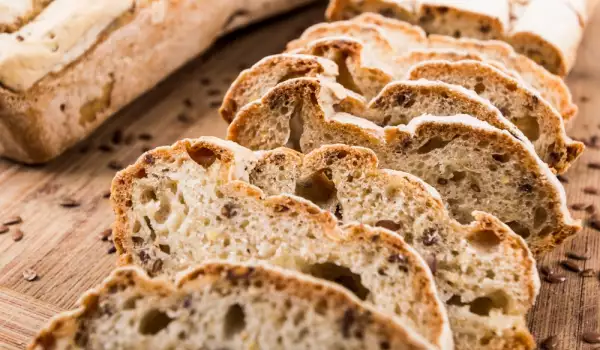
Gluten-free yeast is an optimal option to add to ready-made gluten-free flours, as it can be used for baked goods and to make all kinds of products - pizzas, cakes, etc. It is also suitable for a bread maker. You can find ready-made gluten-free bread like this in health food stores, but why not make it at home?
Quick and easy gluten-free yeast bread recipe
The products you will need: 1 package of gluten-free yeast, 250 g of gluten-free flour (it can be a mixture of corn, buckwheat, rice, etc.), 1 egg, 1 tablespoon of oil, 1 teaspoon of salt and 1 tablespoon of sugar.
Dissolve the sugar and gluten-free yeast together in a bowl of warm water, let the mixture rise for about 30 minutes. Then add the rest of the ingredients along with 1/2 cup of water. The kneaded dough is put in a suitable mold and baked for 30-40 minutes at about 220°C.
Now take a moment to browse our gluten-free recipes as well as all gluten-free sponge cake or gluten-free bread recipes.
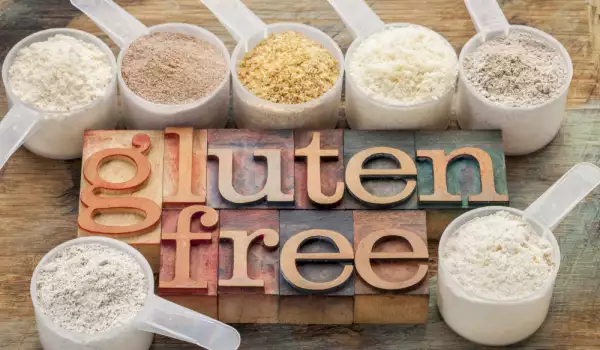





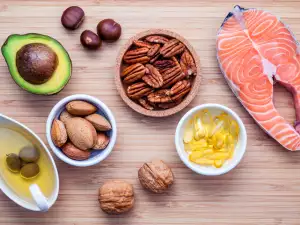
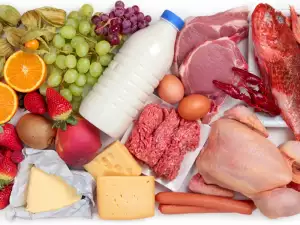
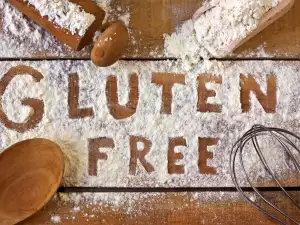
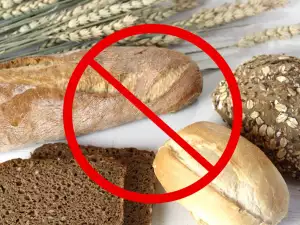





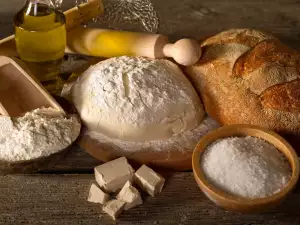




Comments